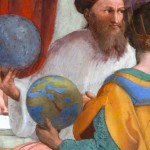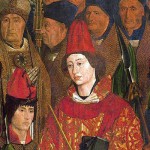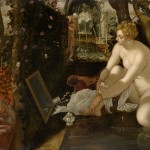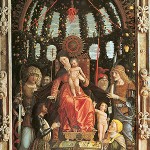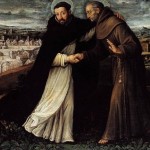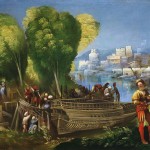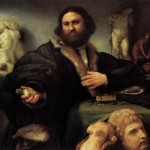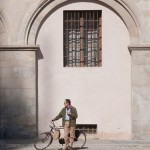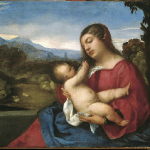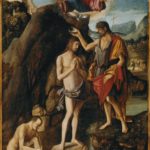
A new Medieval and Renaissance Reading Group is being set up at the Univeristy of Melbourne, see below for more detail. A proposal is being considered to form a reading group at the University of Melbourne to discuss medieval and early modern art and art history, with the working title the “MedRen Art Forum”. If you are a graduate student, scholar, art history graduate, or simply have an interest in this area, we would be interested in meeting with you. The forum will be open to all. Please come along to our first general meeting to share your thoughts about possible activities, readings, formats: Thursday, 1 June 2020 5.30-6.15 pm University of Melbourne, Medley building, room W202 Medley is building number 191 on campus maps, easily accessed through University Gate 10 on Grattan Street. If you have any queries please…


